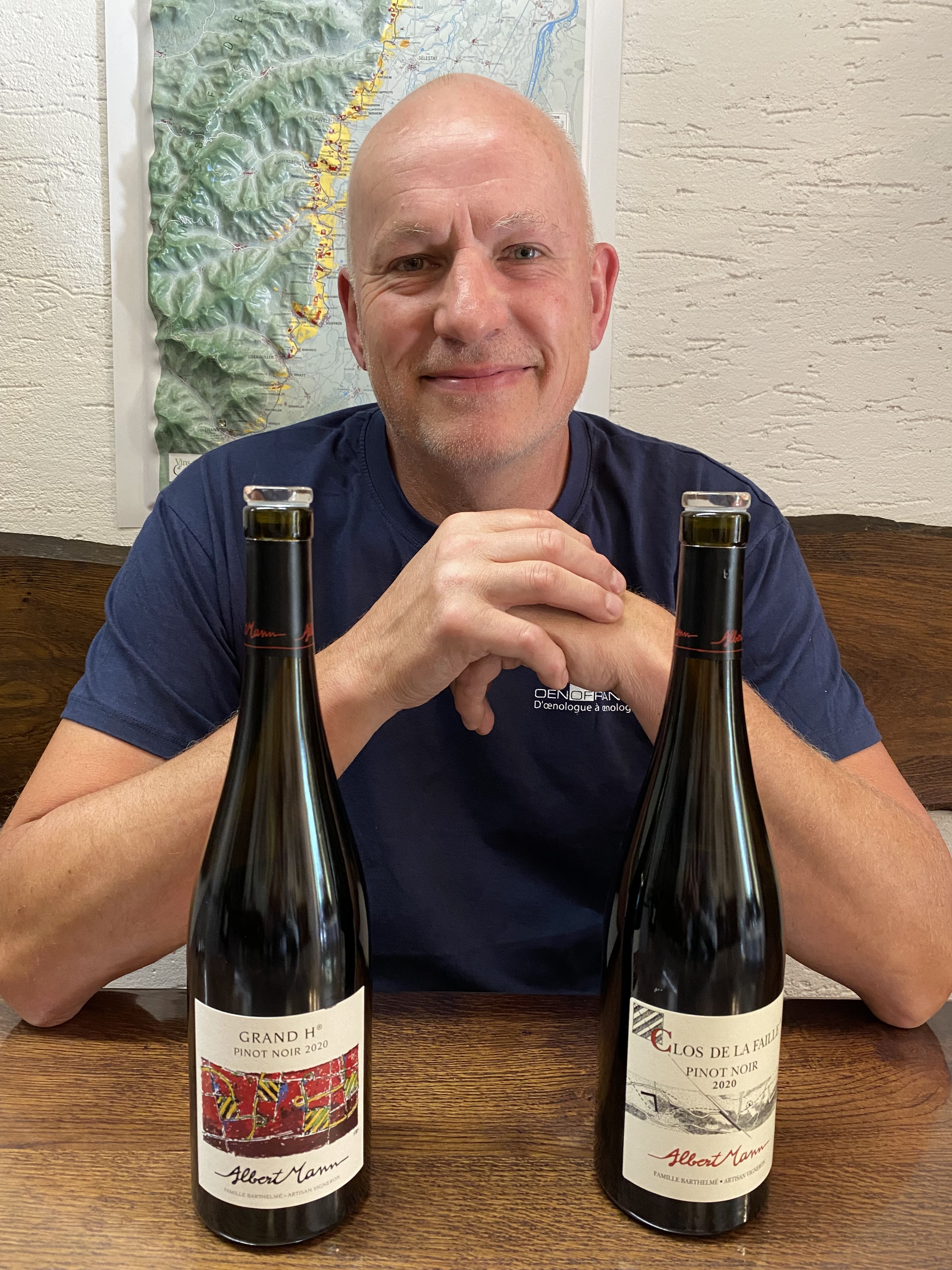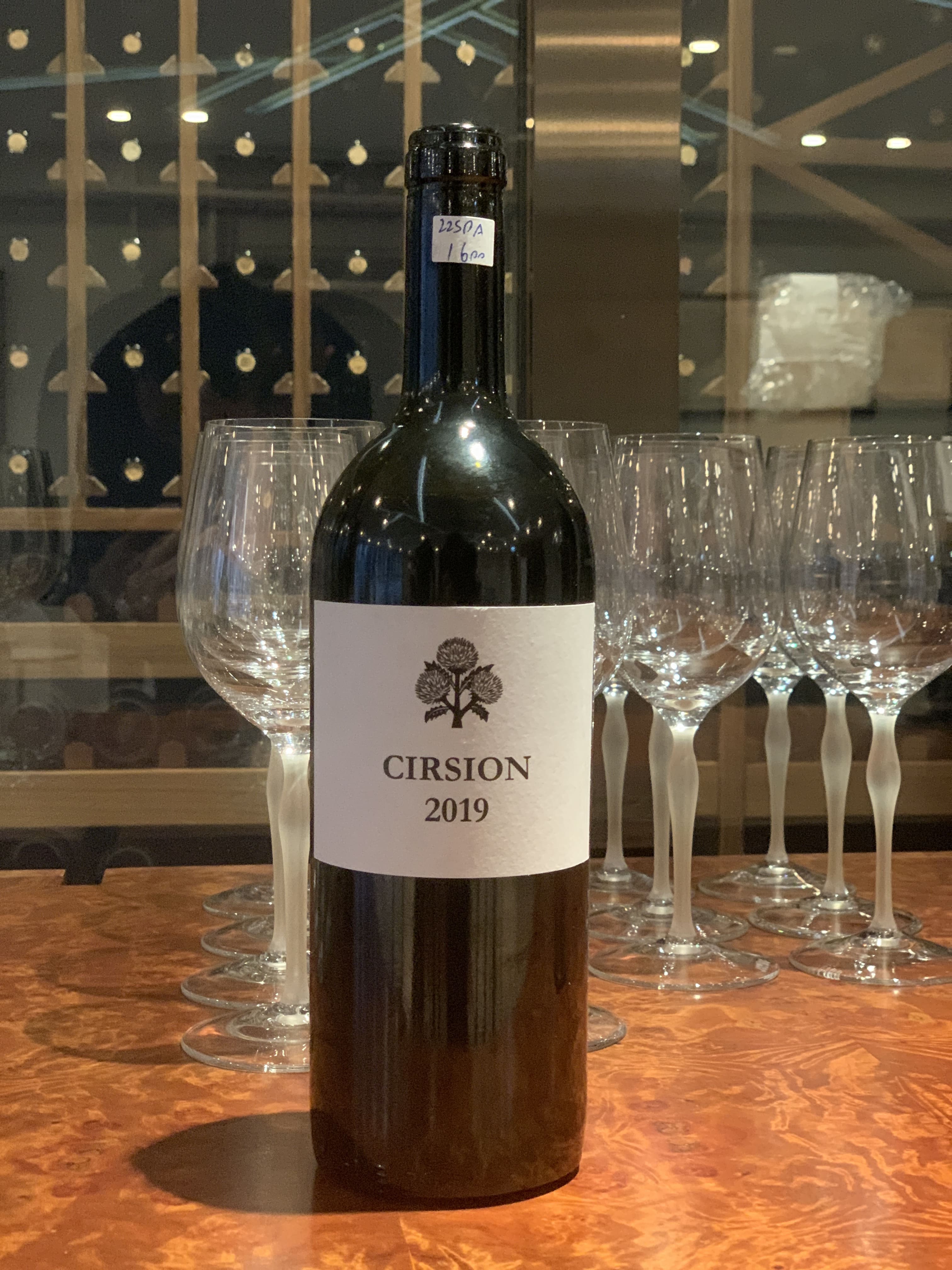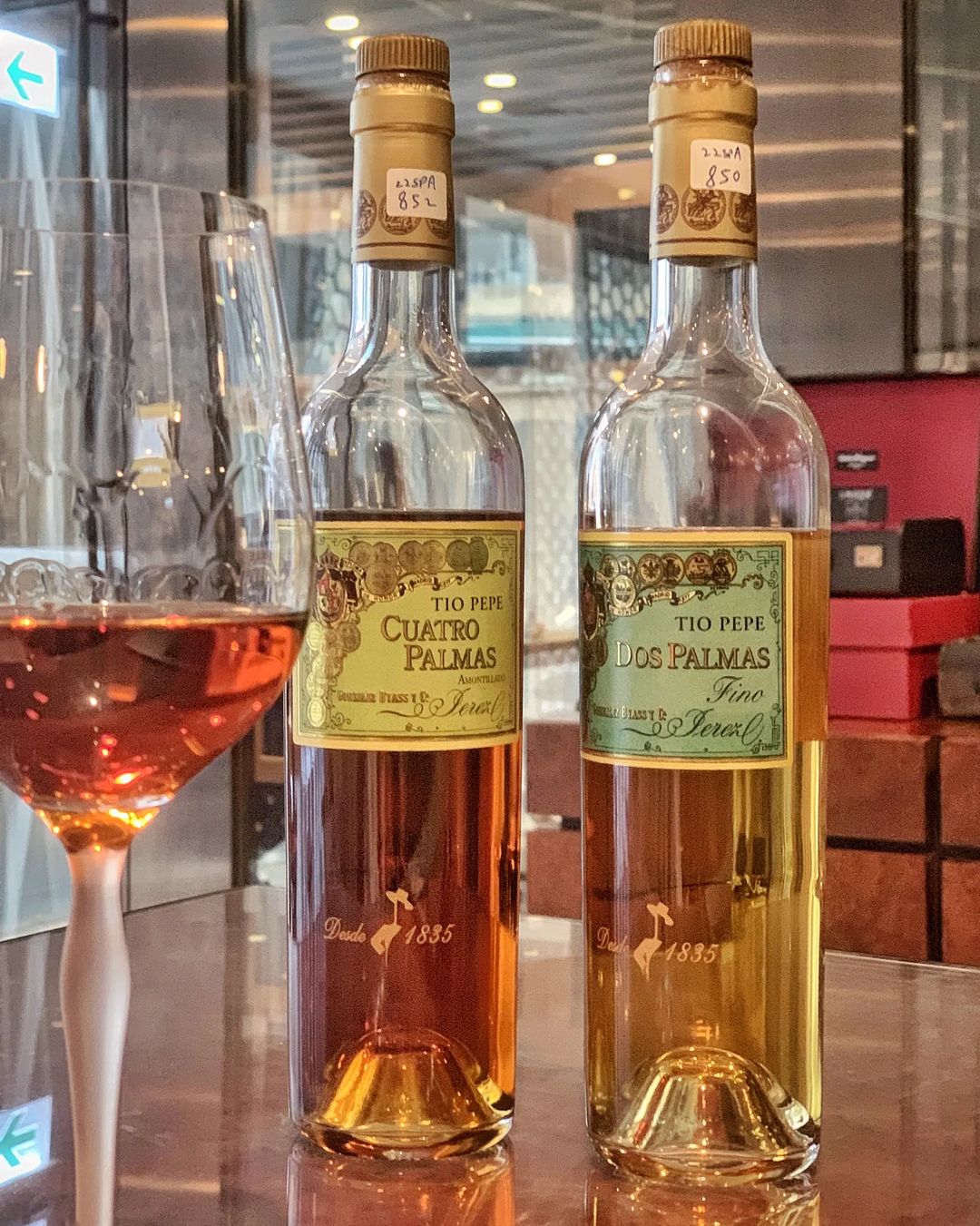June 2022 Tasting Report: Tuscan Roadshow, Champagne Bliss and Hungary’s Reawakening
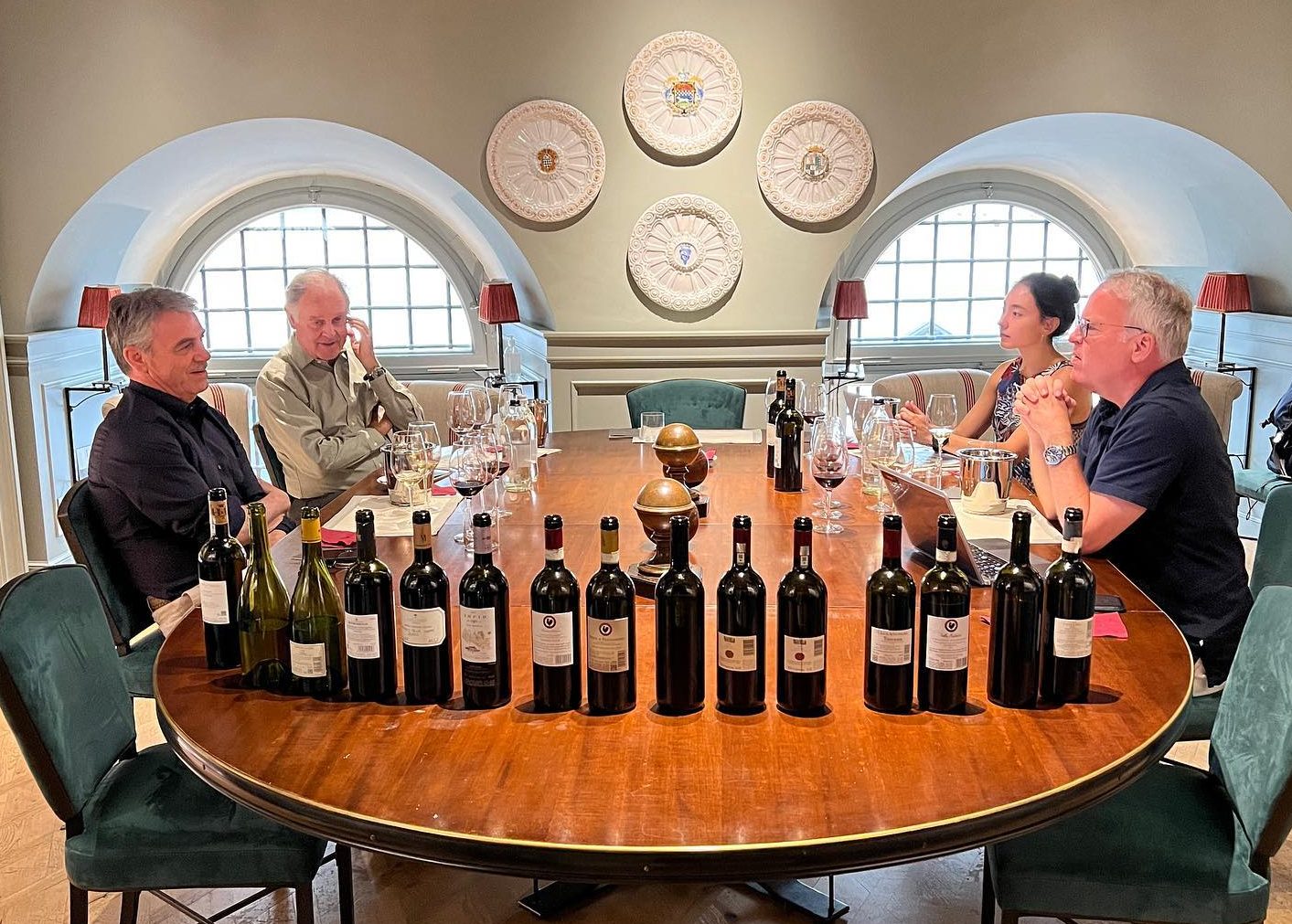
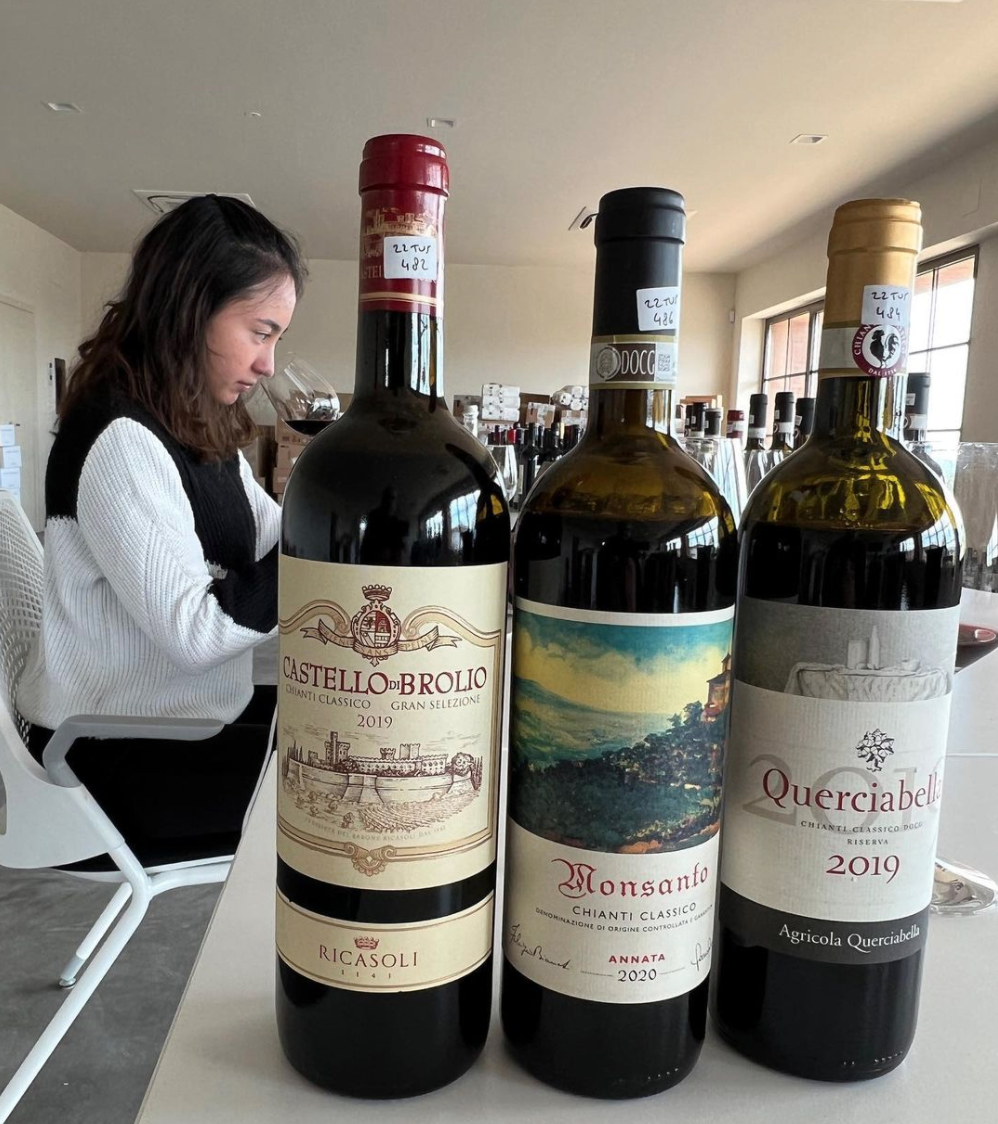
James also roamed into one of his favorite spots in Italy during the month, Montalcino, to visit with some of the top Brunello producers, including Casanova di Neri, Eredi, Fuligni and Siro Pacenti. With hot and dry weather becoming more of a norm in Montalcino, as elsewhere, vineyards with northern and eastern exposures may now have an advantage over the southern ones, with the current vintage of Brunello, 2017, illustrating this perfectly – most are very rich and big with lots of body, alcohol and tannins. Still, James said he preferred “balanced and fresher Brunellos such as 2018, or 2016 and 2015.”
James and Associate Editor Claire Nesbitt also tapped into Brunello barrel samples from 2019, 2020 and 2021, with the 2019s presenting “lots of pretty fruit and balance,” and 2020s showing oodles of ripeness because of the hot grape-growing season. The 2021s, meanwhile, offered serious tannin structure and richness due to the warm growing season and reduced crop levels from spring frosts.
Staying on the Italian theme, we also tasted a few Barolos in June, including from the Langhe’s Roberto Voerzio, who gave us the stupendous old-vine barbera, Roberto Voerzio Barbera d’Alba Pozzo dell’Annunziata 2017, and the magnum-only Barolo, Roberto Voerzio Barolo Torriglione 2017.
And if you wanted bubbles during the month, we were practically bathing in them. James and the tasting team popped into Champagne in June, where they tasted hundreds of new or soon-to-be-released Champagnes, rating many 95 points or more. One of the perfect Champagnes we tasted, the single-vineyard Henri Giraud Champagne Argonne Brut Rosé 2012, left James and the team “literally speechless … with its unique mind-bending character,” adding evidence to the contention that Champagne is the best value in fine wine at the moment. Some other collectible and popular prestige cuvee Champagnes we tasted included the coming releases of the single-vineyard wonder from Krug, Clos de Mesnil 2008, and the coming vintages of Dom Perignon, such as the 2013 and the P2 2004, which were all exciting and fascinating to taste.
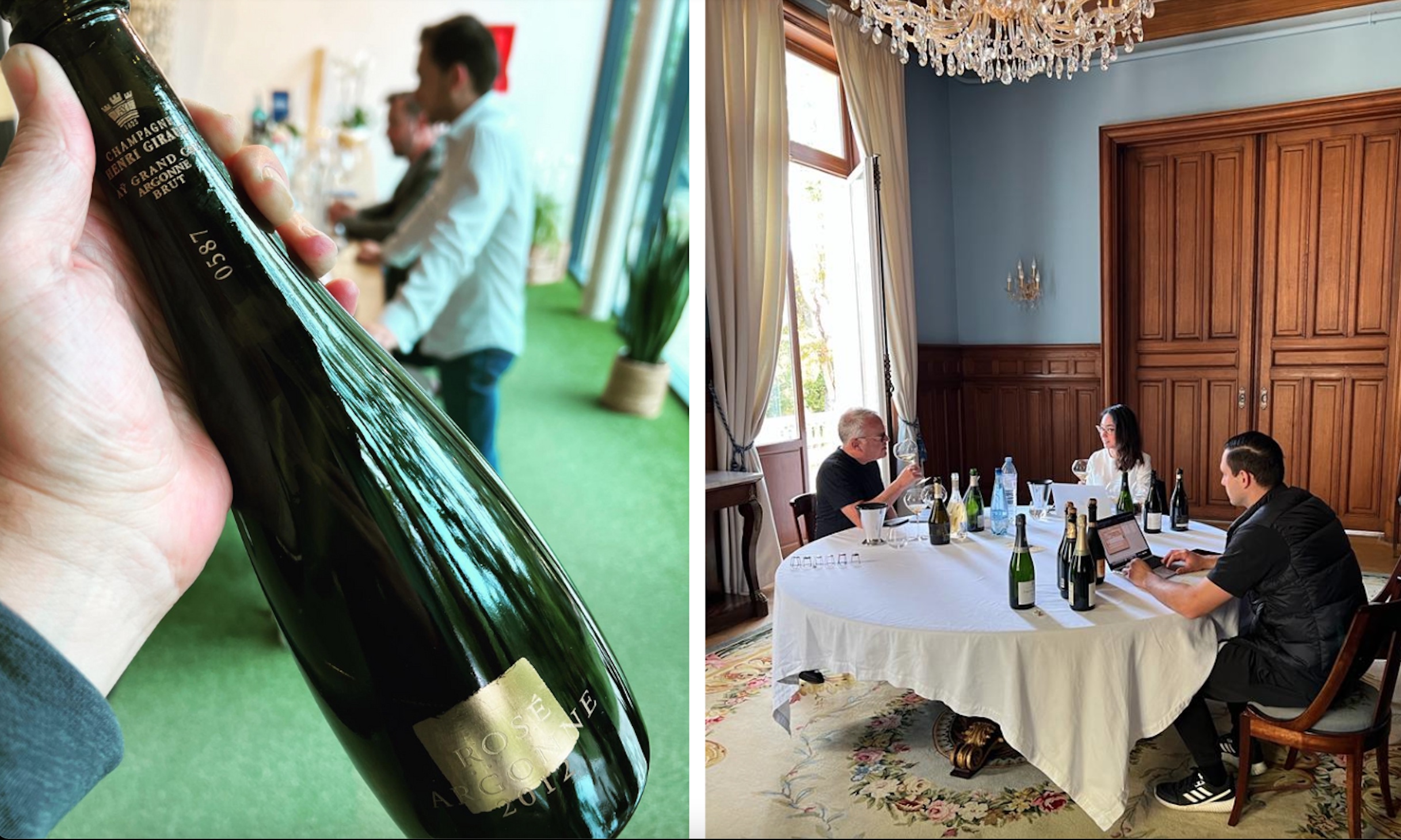
Senior Editor Stuart Pigott was also traipsing around Europe, for one to wrap up his annual report on Hungary but also to explore the wines of Alsace more fully. The wines of Villa Tolnay jumped out to Stuart in his Hungary tastings, so much so that he said that the owner, Philipp Oser, is “driving the Hungarian wine renaissance.” Especially pleasing were the Villa Tolnay Rajnai Rizling Badascony Csobáncz 2020, a dry riesling, and the red Villa Tolnay Cabernet Franc Badascony Csobáncz 2019, which he said were “redefining what’s possible with these grape varieties in Hungary.”
Also on the remarkable side were the wines of Szepsy, in Tokaj, at the northeastern end of Hungary. Their lineup of dry whites each had “a very distinct personality, but it was the Szepsy Furmint Tokaji Szent Tamás 46 2017 that wowed me most,” Stuart said. Just behind were Szepsy’s “incredibly concentrated and refined” dessert wines, including the “mind-boggling” Szepsy Tokaji Aszu Betsek 6 Puttonyos 2017 and the “stunning” Szepsy Tokaji Szamarodni 2016.
During his tasting marathon in Alsace, Stuart came across some incredible dry rieslings. The Grand Cru dry rieslings from Dirler-Cade from the 2020 vintage, he said, “have the combination of power, expressiveness and clarity we associate with Alsace riesling in a very high form,” and the Grand Cru Rangen and Grand Cru Kastelberg, from Julien Schaal’s 2021 vintage, also stood out. But it was the Dirler-Cadé Riesling Alsace Grand Cru Kitterlé Terre 2020 that Stuart said was “the most exciting wine” he had tasted from the region this year.
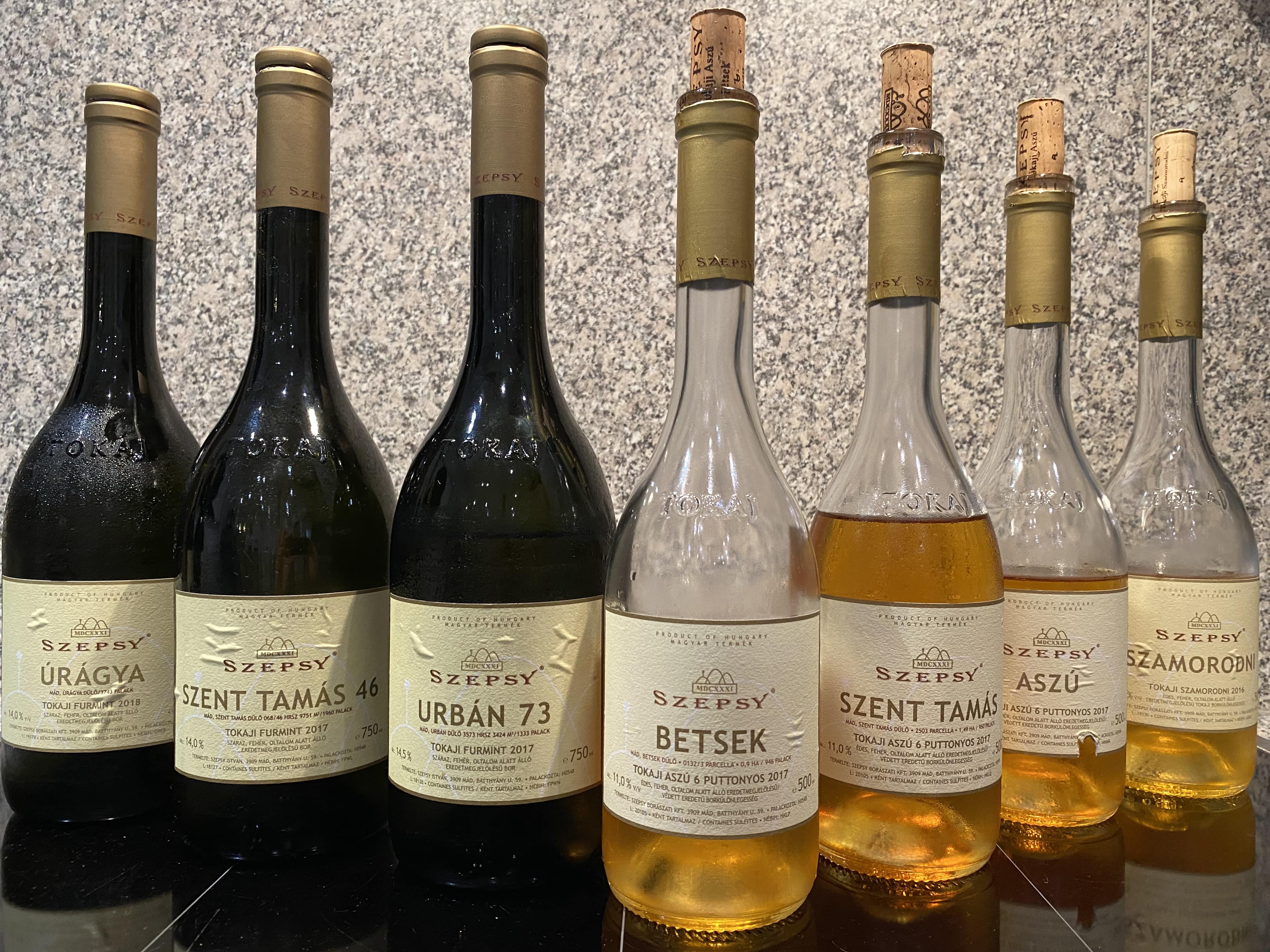
But, Stuart, added, a combination of changing consumer preferences and climate change are continuing to push the region’s reorientation toward more radical new wines, the most exciting of which is the Mélanie Pfister Pinot Gris Alsace Silb 2019. Stuart was also impressed by the very cool and restrained but concentrated and silky Mélanie Pfister Pinot Noir Alsace Hüt 2019. Together, he said, these wines are helping to seal Pfister’s position “as one of the region’s most important rising stars.”
Stuart came across the first perfect pinot noir we have ever experienced in the region – the Albert Mann Pinot Noir Alsace Grand H 2020, which was part of the strong 2020 vintage that tipped the 2019 in Alsace and also bettered neighboring Germany’s 2020 as a whole, according to Stuart.
We were equally as hard at work in our Hong Kong tasting office, where Senior Editor Zekun Shuai tapped into Spain’s vibrant Mediterranean sensibility by way of some well-made mencias from Ribeira Sacra in the north to precise and spicy renditions of garnacha from Rioja and Calatayud, including Bodega Virgen de la Sierra’s Finca Gemelo 2019 and Finca Santos 2019, whose “juicy red and blue fruit with a streamlined palate full of resolved tannins make them a joy to taste and drink,” according to Zekun.
